In the lush, subtropical corner of southern Yunnan, there’s a celebration that turns the streets into rivers of laughter and the air into a mist of happiness. Welcome to Xishuangbanna, the heart of the Dai Water Splashing Festival — one of China’s most vibrant intangible cultural heritage traditions, and quite possibly the most cheerful way to welcome the new year.
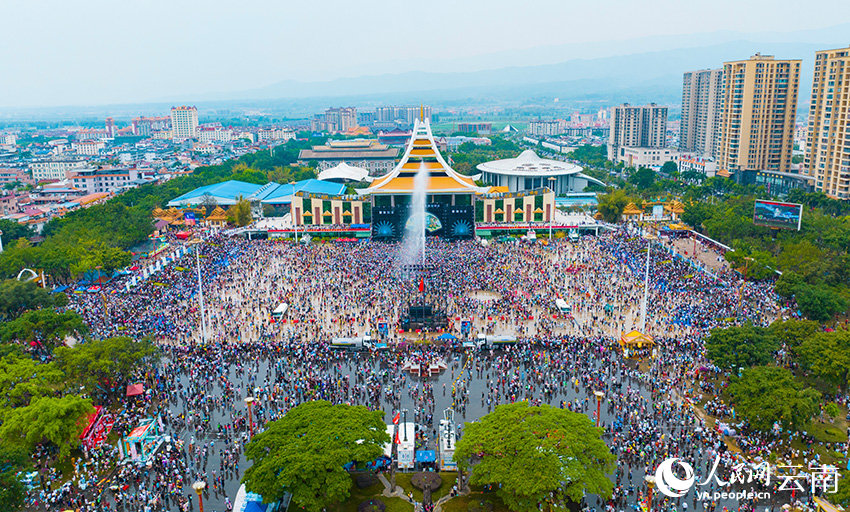
The Origins: A Myth Soaked in Light
The Dai Water Splashing Festival, known in Dai as “Shanghan”, has roots both spiritual and seasonal. Celebrated in mid-April, it marks the traditional Dai New Year, echoing the rhythms of Southeast Asian Theravāda Buddhist cultures. But this festival is more than a simple calendar switch — it’s drenched in myth.
According to Dai legend, long ago a wicked demon king had seven wives. When he brought terror upon the world, the brave queens conspired to stop him. On the chosen night, they beheaded him, but his head burst into flames that could only be contained by one of them holding it tightly to her chest. For seven years, they took turns carrying the burning head, and when peace was finally restored, the people rejoiced by pouring water on one another to wash away the pain and begin anew.
That’s why, even today, water is more than a symbol of purification — it’s a blessing, a prayer, a thank-you whispered in droplets.
What Happens During the Festival?
While the water fights steal the spotlight, the Water Splashing Festival is a three-day cultural whirlwind full of sacred rituals, community gatherings, and a splash of revelry:
Day 1: Farewell to the Old Year
Temples fill with chanting as people light incense and offer flowers and fruits. The Dai people bathe statues of the Buddha in fragrant water and carry them in processions through the streets.
Day 2: Market Fairs and Cultural Shows
Traditional dance performances, singing contests, and handicraft fairs pop up across towns and villages. This is also a great time to spot young Dai people in their colorful costumes, spinning silver jewelry under the tropical sun.
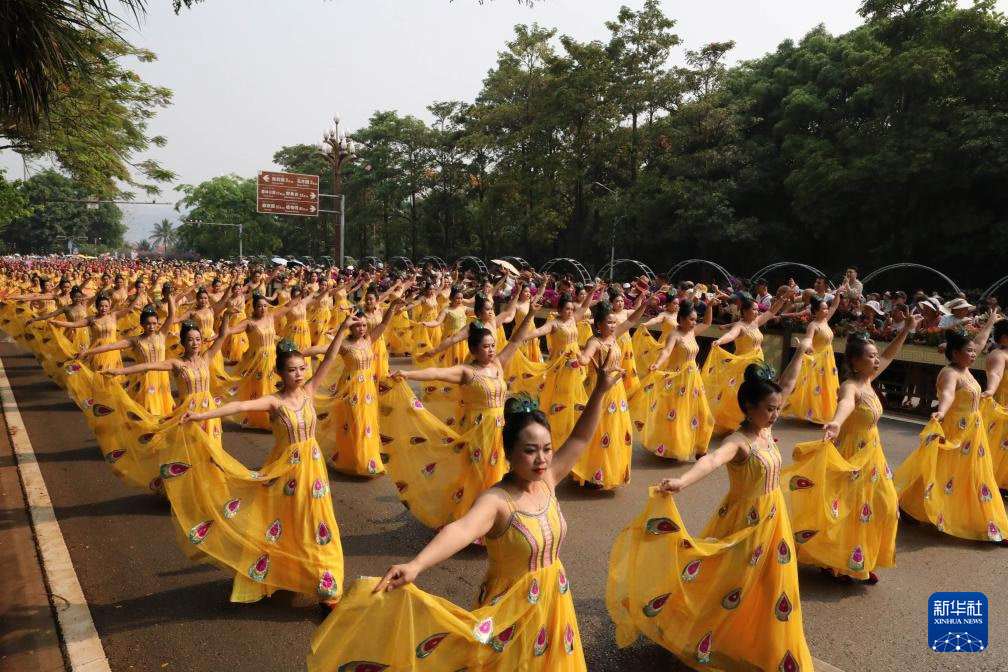
Day 3: Splashing Day!
Buckets, basins, and even elephant trunks come into play. Locals and visitors alike join in a grand splash-fest that symbolizes washing away the misfortunes of the past year and welcoming luck, happiness, and health. Don’t expect to stay dry — everyone is fair game!
Top Things to Do in Xishuangbanna: A Hidden Tropical Gem in China
Beyond the jubilant water fights and traditional Dai festivals, Xishuangbanna is a rich travel destination that rewards slow discovery. Tucked into China’s southern Yunnan province and bordered by Laos and Myanmar, it’s a place where rainforests meet ancient temples, where wild elephants roam free, and where Dai cultural heritage is still very much alive.
Here are some of the best Xishuangbanna tourist attractions to explore before or after joining the Water Splashing Festival:
Manting Park (勐仑曼听公园) – The Imperial Garden of the Dai Kings
Once the private garden of the Dai royal family, Manting Park is a peaceful oasis in Jinghong city. You’ll find bamboo groves, traditional pavilions, and a stunning Buddhist temple nestled within the greenery. During the festival, this is a key site for religious ceremonies, including the bathing of Buddha statues and cultural performances at night.
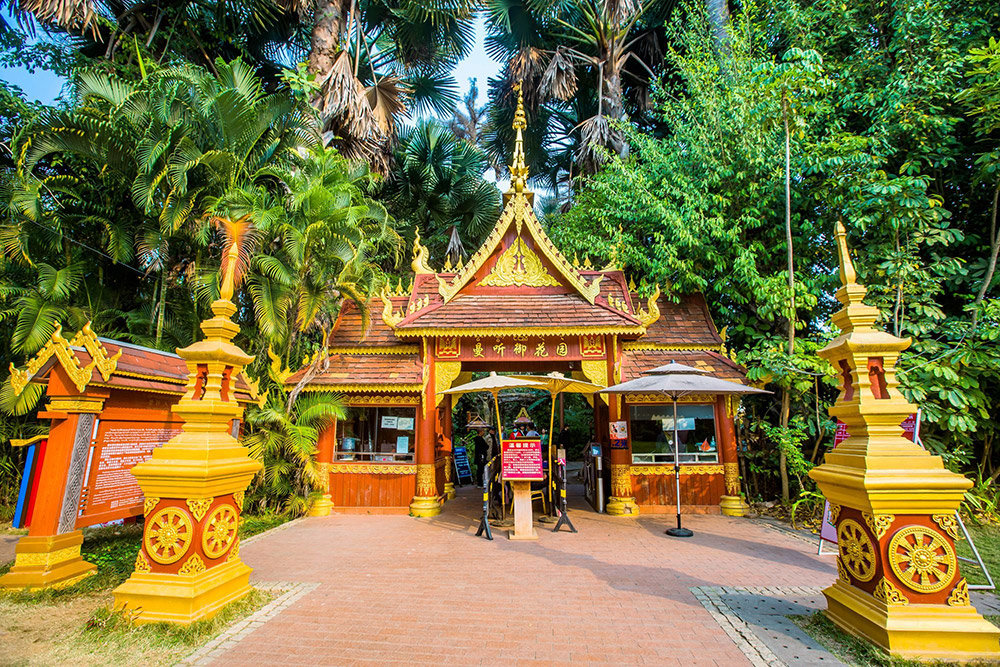
Xishuangbanna Tropical Botanical Garden – China’s Largest Tropical Plant Collection
Located in Menglun Town, this massive garden spans more than 1,100 hectares and features over 13,000 species of tropical plants from all over the world. It’s a paradise for botany lovers and nature photographers. Walk through rainforest canopies, explore medicinal plant trails, and witness the vibrant biodiversity that defines the region.
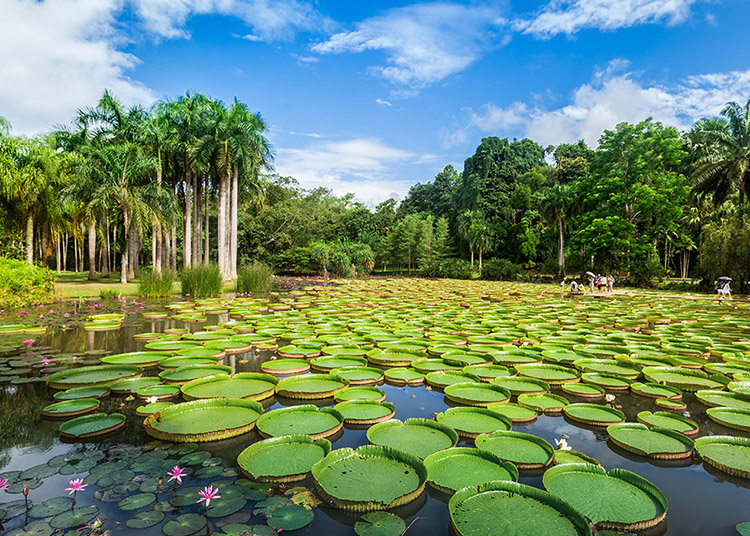
Wild Elephant Valley (野象谷) – A Rare Glimpse of Wild Asia
Xishuangbanna is one of the few places in China where wild Asian elephants still roam. This nature reserve offers elevated viewing platforms and aerial walkways through dense rainforest, giving you a chance to spot elephants, monkeys, and tropical birds in their natural habitat — especially during the early morning or evening hours.
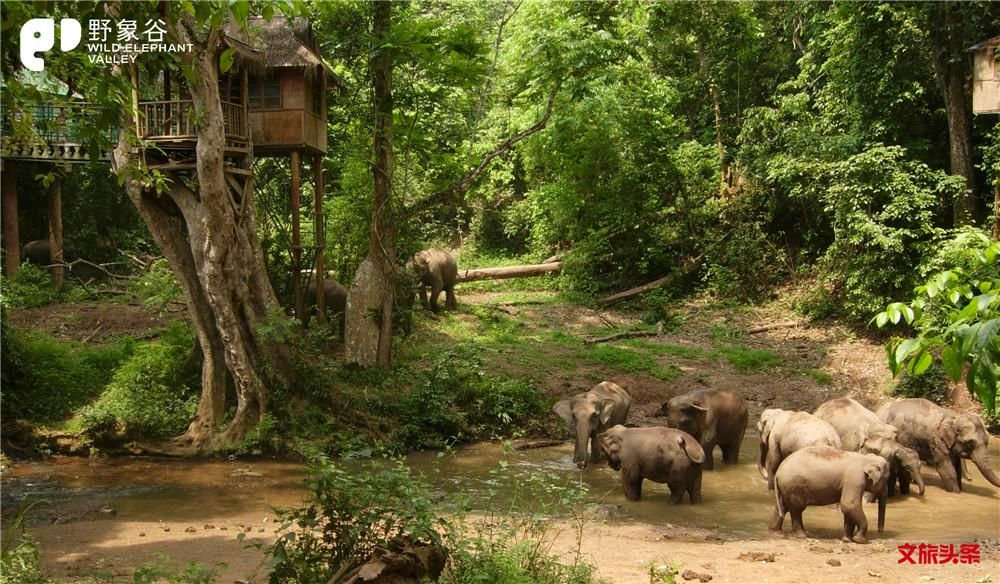
Dai Ethnic Garden (傣族园) – Living Dai Culture in Traditional Villages
This cluster of five well-preserved Dai villages in Ganlanba is one of the best places to learn about Dai customs firsthand. Visitors can see traditional stilt houses, observe textile weaving and bamboo crafting, and even join in local dances and food-making workshops. During the Water Splashing Festival, this area becomes one of the most festive and colorful.
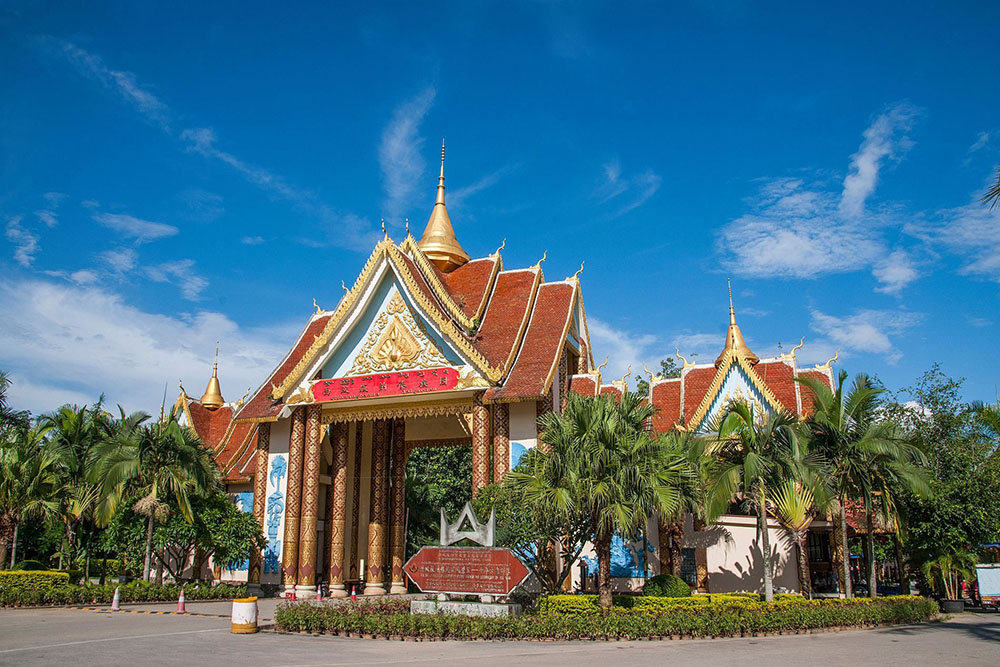
Gaozhuang Xishuangjing – A Blend of Commerce and Culture
Also known as the “Xishuangbanna Grand Bazaar,” Gaozhuang is a mix of architecture, temples, shopping, and nighttime fun. The golden Dai-style Buddhist pagoda, the riverside walking path, and the bustling night market filled with tropical fruits and snacks make it a top spot for both sightseeing and relaxation.
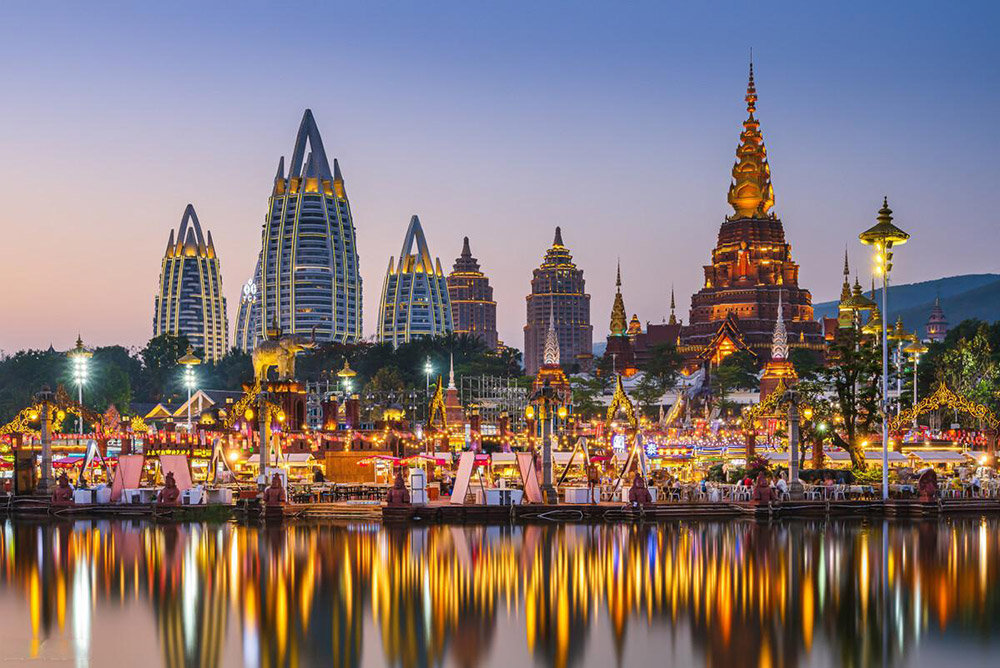
Jingzhen Octagonal Pavilion (景真八角亭) – A Buddhist Architectural Gem
Located in Menghai County, this unique wooden pavilion was built in 1701 and is one of the most treasured Theravāda Buddhist structures in China. With intricate carvings and a tiered roof, it’s not only a sacred site but also a stunning example of Dai architectural aesthetics.
Olive Dam (橄榄坝) – The Cultural Heart of the Dai People
Often called the “Land of a Thousand Dai Villages,” Olive Dam is rich in folk traditions. Visitors can attend Dai weddings, see sacred white pagodas, and taste regional delicacies like sour fish soup or bamboo-roasted chicken. The surrounding rice paddies and slow rivers make it an ideal spot for photography and cultural immersion.
Mekong River Cruise – A Journey Through Three Countries
The Lancang River, known internationally as the Mekong, flows right through Xishuangbanna. River cruises are available that connect to Laos and Myanmar, offering a scenic and historical experience tracing the ancient Silk Road of the South. It’s a unique way to see the region’s landscapes and connect with its cross-border heritage.
The Dai Water Splashing Festival is more than a holiday. It’s a heartfelt tradition with roots in mythology, religion, and the cycles of nature. Whether you’re drawn by the spiritual meaning, the cultural performances, or simply the joy of getting soaked under a hot Yunnan sun, this festival offers a glimpse into one of China’s most vibrant ethnic cultures.
So, if you’re planning a trip to explore China’s intangible cultural heritage, put Xishuangbanna on your list — and maybe pack a waterproof camera.
Contact us today to craft your dream China adventure!

